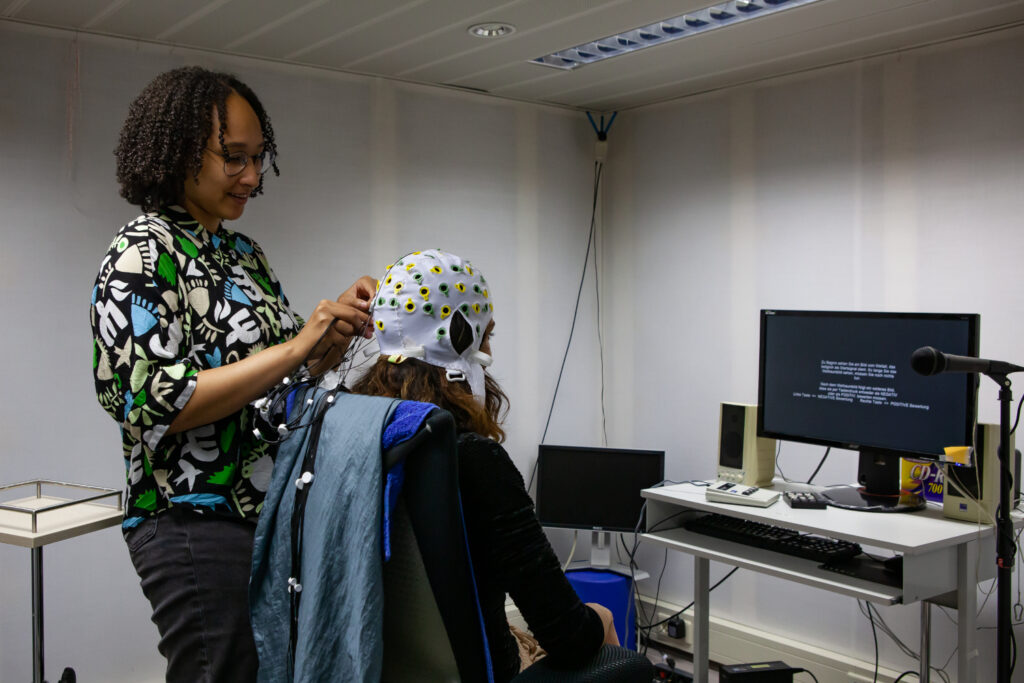The aim of parapsychological laboratory experiments is to test operationally defined hypotheses on extrasensory perception (ESP) and psychokinesis (PK) in the laboratory under controlled conditions. In an exemplary ESP laboratory situation, a reliably sensory shielded test subject, the ‘receiver’, has to guess a randomly generated sequence of symbols that a spatially separated ‘sender’ (also a test subject) observes. If significant deviations from the random expectation occur repeatedly in sufficiently long test series, these are interpreted as ‘telepathy’ under the psi hypothesis. ‘Clairvoyance’ is given if the information from a spatially separated location was not transmitted by a human transmitter; in the case of ‘precognition’, the guessing process takes place before the random sequence was generated.
In general, it can be seen that experimentally generated psi effects are weak, that initially relatively strong effects often weaken in the course of replication attempts (“sinking effect”, see glossary), but that meta-analyses indicate a statistical robustness of the effects. In addition, some experimenters appear to be more successful than others (“psi-experimenter hypothesis”).
The results of parapsychological research are controversial in the scientific community. The usual ‘skeptical’ position claims that psi experiments have methodological flaws, that positive results from ‘skeptical’ experimenters cannot be replicated and that there are no empirically verifiable theories. The majority of professional researchers in this field, on the other hand, consider it proven that there are psi anomalies on both a phenomenological and experimental level that cannot be adequately explained with conventional hypotheses and models for the time being.
Today’s parapsychological theoretical approaches have largely abandoned ideas of ASW as an “information transfer” or of PK as a quasi-energetic “influence” and discuss the phenomena as a kind of entanglement correlation in a generalized quantum theory.

